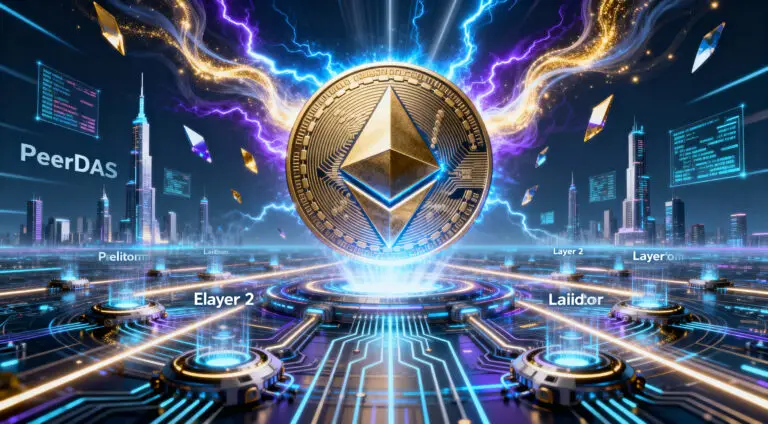Blockchain technology was designed to revolutionise finance and digital ownership by offering decentralisation and transparency. Yet despite these lofty ambitions, the reality of using platforms like Ethereum can be far from user-friendly. Whether you’re trading tokens, minting NFTs, or interacting with decentralised apps, transactions often feel sluggish and expensive, hardly the seamless digital experience modern users expect.
High demand periods on public blockchains frequently result in transaction fees spiking to several dollars, with settlement times stretching into minutes. This congestion reveals a key limitation: while Ethereum’s decentralised ledger is secure and reliable, it isn’t built to handle mass-market transaction volumes on its own.
To bridge this gap between promise and performance, developers have increasingly turned to Layer 2 (L2) scaling solutions, networks purpose-built to accelerate transactions and lower fees without compromising security.
What Exactly Is a Layer 2 Solution?
Layer 2 solutions are protocols designed to execute transactions away from the main Ethereum blockchain (Layer 1) but still rely on it for security and final settlement. A helpful analogy is a mall parking garage: visitors still enter the main building (Ethereum, in this case), but instead of clogging the front entrance, most of the traffic is redirected to ramps next door, keeping the flow smooth.
By moving computation and storage off-chain, L2s can process transactions faster and at a fraction of the cost. Once processed, the results of these bundled transactions are posted back to Layer 1, ensuring the immutable security of Ethereum’s network. This hybrid approach now safeguards roughly $36 billion in assets spread across thousands of decentralised applications.
Most L2 solutions fall into two broad categories: rollups and state channels (sometimes combined with validium technology). Nested blockchains and sidechains also contribute to the Layer 2 landscape, each with different approaches to balancing scalability, security, and trust assumptions.
The Mechanics of Layer 2: Speed Through Compression
At the heart of Layer 2’s efficiency lies a simple yet powerful idea: batch hundreds or thousands of transactions, compress them into a cryptographic proof, and submit that proof to Layer 1.
Optimistic rollups such as Optimism and Arbitrum operate on the principle that transactions are valid by default. A “dispute window” gives anyone the opportunity to challenge fraudulent batches. If no challenge occurs within that window, the transactions are finalised. Fraud proofs play a key role in deterring dishonest operators.
On the other hand, zero-knowledge rollups (zk-rollups) like zkSync Era and Polygon zkEVM generate succinct cryptographic proofs, called validity proofs, that mathematically confirm the correctness of each batch before they are posted to Ethereum. Because there is no need to wait for a dispute window, withdrawals and final settlement occur much faster, often within minutes instead of days.
Regardless of the technical approach, both optimistic and zk-rollups dramatically increase throughput, typically by 10 to 100 times compared to Ethereum’s base layer, because only a lightweight proof, rather than every transaction detail, touches the main blockchain.
Trade-Offs in Layer 2 Design
While rollups and other L2s share the goal of reducing congestion and costs, their trust assumptions and data availability strategies vary. For instance, solutions like Validiums offer even cheaper transactions by storing data off-chain entirely. But this introduces an additional layer of trust, since users must rely on the operator to make data available.
By contrast, traditional rollups inherit the robust security of Ethereum by posting enough data on-chain for anyone to reconstruct the state independently. This distinction matters for users and developers weighing trade-offs between performance, decentralisation, and security.
Layer 2: The Future of Scalable Blockchains
Layer 2 solutions are already transforming the blockchain landscape, making decentralised finance, gaming, and other applications more practical for everyday use. By offloading the heavy lifting of transaction processing from Ethereum’s main chain, they deliver faster, cheaper, and more user-friendly experiences while preserving the integrity of the underlying blockchain.
As decentralised apps aim for mainstream adoption, Layer 2 is emerging as an essential piece of the puzzle, showing that blockchains can evolve to meet the demands of millions of users without sacrificing their core promise of decentralisation and security.















